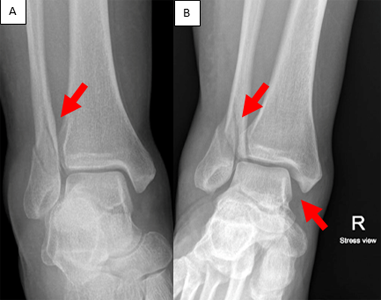

Together, the malleoli, along with their supporting ligaments, stabilize the talus underneath the tibia.īecause the motion of the subtalar joint provides a significant contribution to positioning the foot, some authors will describe it as the lower ankle joint, and call the talocrural joint the upper ankle joint.

The distal-most aspect of the fibula is called the lateral malleolus.

The medial malleolus is a bony process extending distally off the medial tibia. The articular surface of the tibia may be referred to as the plafond ( French for "ceiling"). The bony architecture of the ankle consists of three bones: the tibia, the fibula, and the talus. The talocrural joint is the only mortise and tenon joint in the human body, : 1418 the term likening the skeletal structure to the woodworking joint of the same name. It extends downwards ( distally) from the narrowest point of the lower leg and includes the parts of the foot closer to the body (proximal) to the heel and upper surface ( dorsum) of the foot. The ankle region is found at the junction of the leg and the foot. The articulation between the tibia and the talus bears more weight than that between the smaller fibula and the talus. The talocrural joint is a synovial hinge joint that connects the distal ends of the tibia and fibula in the lower limb with the proximal end of the talus. The main bones of the ankle region are the talus (in the foot), and the tibia and fibula (in the leg). In medical terminology, "ankle" (without qualifiers) can refer broadly to the region or specifically to the talocrural joint. In common usage, the term ankle refers exclusively to the ankle region. The movements produced at this joint are dorsiflexion and plantarflexion of the foot. The ankle includes three joints: the ankle joint proper or talocrural joint, the subtalar joint, and the inferior tibiofibular joint. The ankle, or the talocrural region, or the jumping bone (informal) is the area where the foot and the leg meet.


 0 kommentar(er)
0 kommentar(er)
